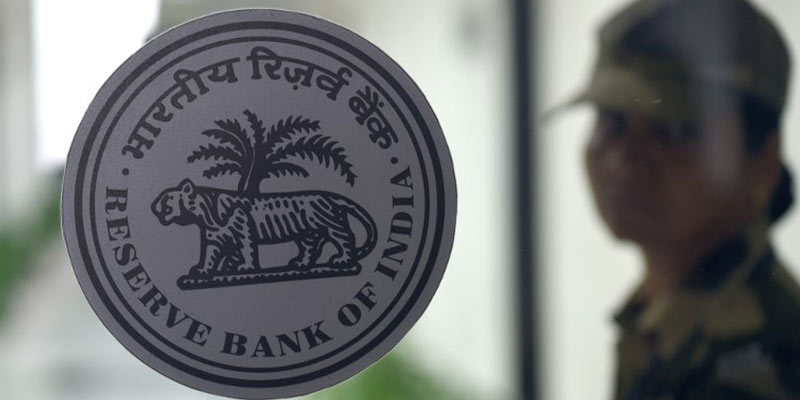- India
- Apr 02
Short Takes / RBI’s WMA limit for states
The RBI provided more time to exporters to collect payment of goods and software sold to overseas buyers and repatriate that to India as the central bank announced more measures to deal with the economic fallout of COVID-19 pandemic.
The central bank has also decided to increase the limit it gives to states and Union Territories (UTs) by 30 per cent under the Ways and Means Advances (WMA).
The RBI had constituted an advisory committee to review the WMA limits for state governments and Union Territories (UTs). The decision to increase the limit has been taken “pending submission” of the final recommendations by the committee, and the revised limits came into force with effect from April 1, 2020 and will be valid till September 30, 2020.
Ways and Means Advances
Under Section 17(5) of RBI Act, 1934, the central bank provides Ways and Means Advances (WMA) to the states to help them to tide over temporary mismatches in the cash flow of their receipts and payments.
They are intended to provide a cushion to the states to carry on their essential activities and normal financial operations.
As per the Act, such advances are ‘repayable in each case not later than three months from the date of making that advance’.
When the advances to the state governments exceed their WMA limits, overdraft (OD) facility is being provided.
Two types of WMA
There are two types of WMA – normal and special.
While normal WMA are clean advances, special WMA — which is known as Special Drawing Facility (SDF) — are secured advances provided against the pledge of the government of India dated securities.
The operative limit for SDF for a state is subject to its holdings of central government dated securities upto a maximum of limit sanctioned.
In addition, the RBI has determined limits for normal and special WMA for each state as multiples of the prescribed minimum balance required to be maintained with the RBI by that state. These limits are revised periodically.
Overdraft facility
Any amount drawn by a state in excess of WMA is an overdraft. A state can be in overdraft for 14 consecutive working days. In case the overdraft continues in the state’s account beyond 14 consecutive working days, the RBI and its agencies shall stop payments in respect of the concerned state government.
The interest of WMA is charged at the existing repo rate.
The interest rate on overdraft is 2 per cent above the repo rate.
Manorama Yearbook app is now available on Google Play Store and iOS App Store

